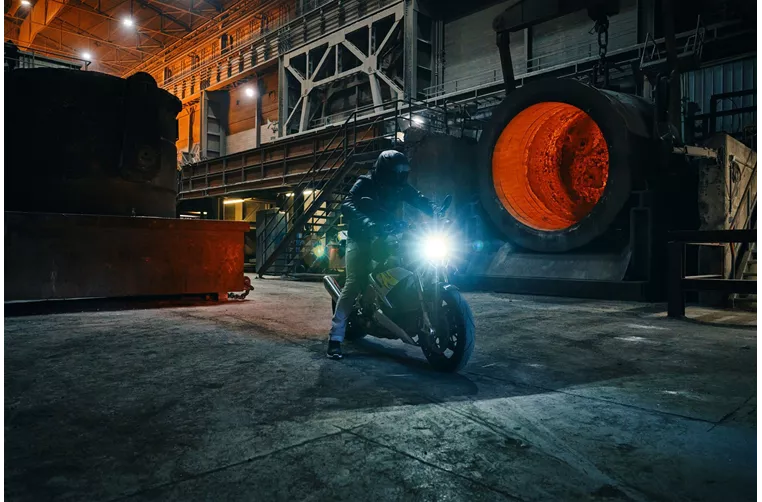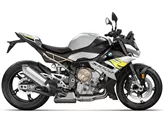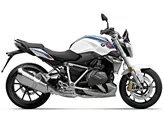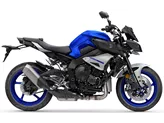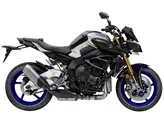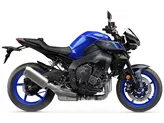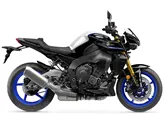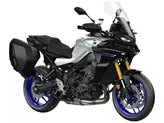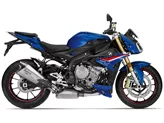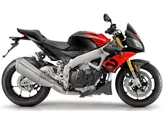BMW S 1000 R 2021 vs. Yamaha MT-10 2016
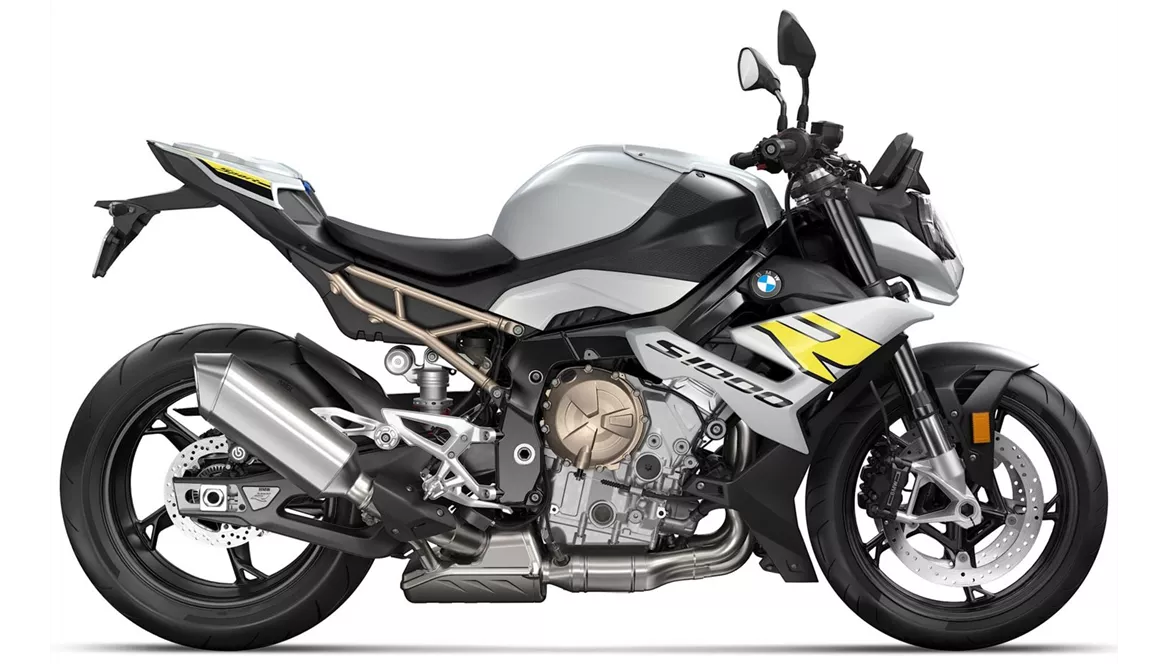
BMW S 1000 R 2021

Yamaha MT-10 2016
Overview - BMW S 1000 R 2021 vs Yamaha MT-10 2016
When comparing the BMW S 1000 R 2021 and the Yamaha MT-10 2016, it is evident that both bikes belong to the naked bike category and share several similarities in terms of engine type, power, torque, fuel system, number of cylinders, cooling system, and suspension design. However, there are also notable differences between the two models.
Starting with the engine specifications, both bikes feature inline four-cylinder engines with similar displacements. The BMW S 1000 R 2021 offers a slightly higher engine power of 165 HP compared to the Yamaha MT-10 2016, which has 160 HP. Similarly, the BMW model also has a higher torque rating of 114 Nm compared to the Yamaha's 111 Nm. These differences in power and torque may result in slightly better acceleration and top speed for the BMW S 1000 R.
In terms of chassis and suspension, both bikes utilize aluminum frames and feature upside-down telescopic forks at the front and swing arm suspension with monoshock at the rear. However, the BMW S 1000 R 2021 incorporates a Twin Tube frame design, while the Yamaha MT-10 2016 uses a Deltabox frame type. The choice of frame design can affect the overall rigidity and handling characteristics of the bikes, but it is difficult to determine which one is superior without testing them side by side.
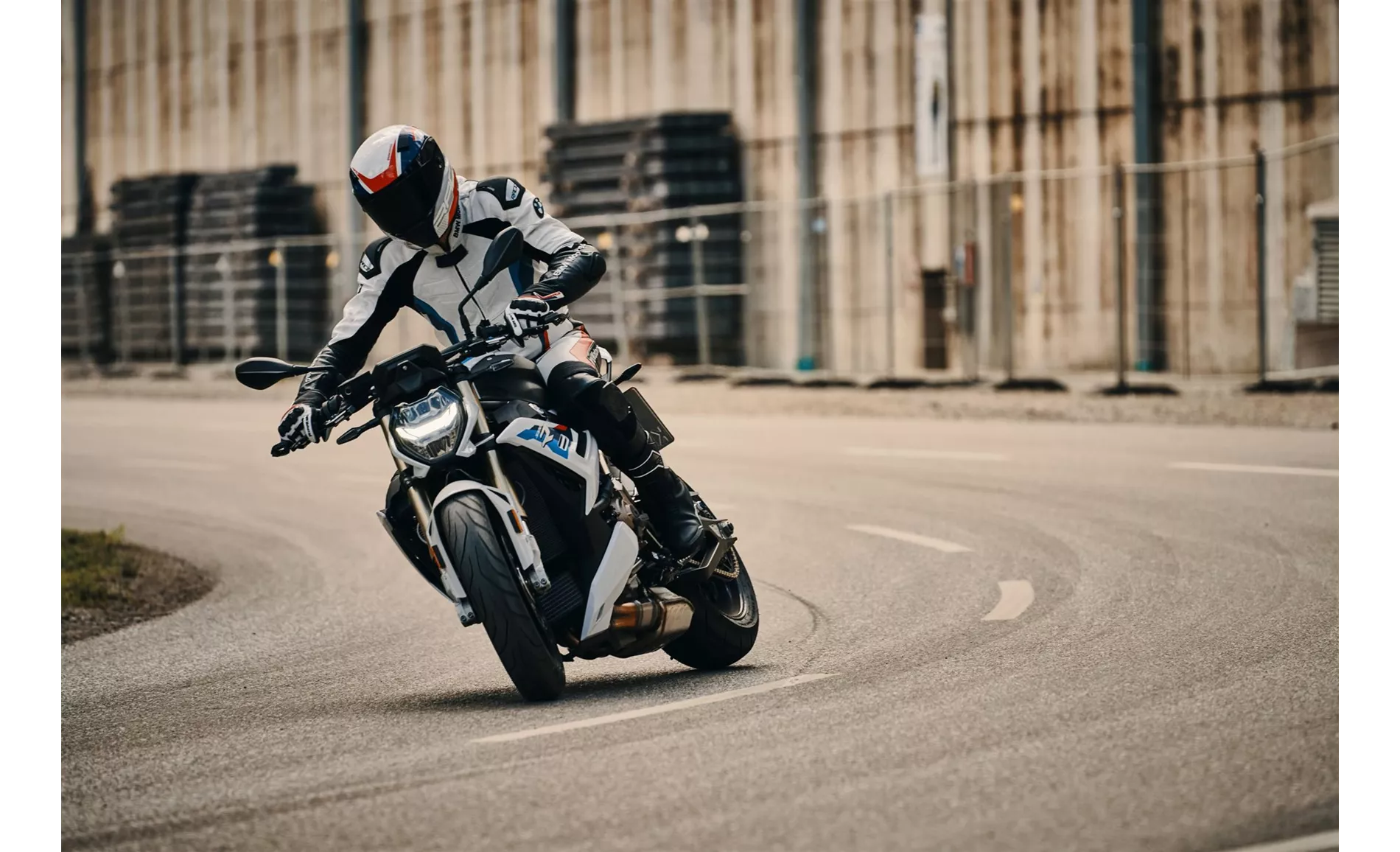
BMW S 1000 R 2021
When it comes to braking systems, both bikes are equipped with double disk brakes at the front with the same diameter of 320 mm. This ensures strong stopping power and effective braking performance for both models. Additionally, both bikes feature ABS and traction control systems as part of their advanced rider assistance systems, providing enhanced safety and stability during various riding conditions.
In terms of dimensions and weights, the BMW S 1000 R 2021 has a slightly longer wheelbase of 1450 mm compared to the Yamaha MT-10 2016's 1400 mm. This may contribute to better stability and cornering performance for the BMW model. The seat height of the BMW is also slightly higher at 830 mm compared to the Yamaha's 825 mm. However, the Yamaha MT-10 2016 has a larger fuel tank capacity of 17 liters compared to the BMW's 16.5 liters, potentially offering a longer range between refueling stops.
Moving on to the strengths of each bike, the BMW S 1000 R 2021 stands out for its powerful engine, excellent brakes, comfortable ergonomics, and high-performance optional extras. It is also praised for its simplicity of operation while still delivering impressive speed and performance. Overall, it is considered a great all-rounder in the naked bike category.

Yamaha MT-10 2016
On the other hand, the Yamaha MT-10 2016 is known for its CP4 engine, which provides a strong character and delivers an unmistakable sound. It is highly agile and offers excellent high-speed stability. The bike is also equipped with strong brakes, ensuring reliable stopping power.
However, both models have their weaknesses. The BMW S 1000 R 2021 is criticized for its quickshifter, which is good but not perfect, and its sound can still be intrusive. Some riders also report vibrations in the handlebars. On the other hand, the Yamaha MT-10 2016 is said to have poor comfort, limited wind protection, and a hard fit, which may affect long-distance touring capabilities.
In conclusion, the BMW S 1000 R 2021 and the Yamaha MT-10 2016 are both impressive naked bikes with their own strengths and weaknesses. The BMW offers more advanced rider assistance systems, higher power and torque, and better ergonomics, while the Yamaha stands out for its unique engine character, agility, and stability. Ultimately, the choice between the two will depend on the rider's preferences and priorities.
Technical Specifications BMW S 1000 R 2021 compared to Yamaha MT-10 2016
Pros and Cons in comparison
Pros and Cons in comparison
BMW S 1000 R 2021
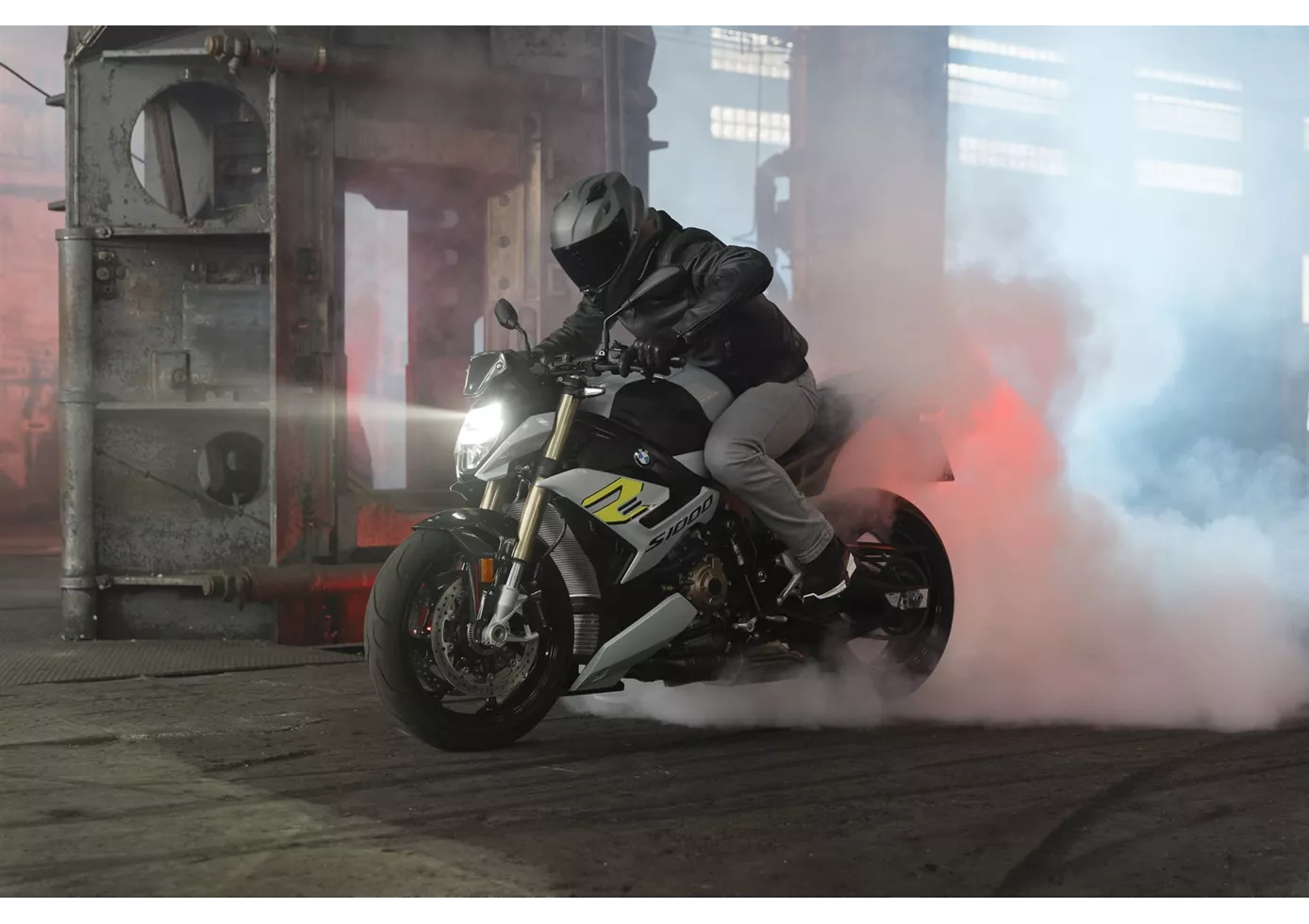
It's really impressive how BMW always manages to make good motorbikes even better. The sporty S 1000 R with M package and carbon rims looks a bit threatening at first. But even in 2021, the S 1000 R serves up high-tech and performance in a grandiose, usable dosage. The machine rides precisely, handles well but is not tippy. The engine fires out of the corners, but does not overtax. A damn fast motorbike!
Yamaha MT-10 2016

The short and stocky MT-10 is the furthest away from the R1 superbike of the renowned power naked bikes, both in terms of looks and chassis, but the heart of the MT-10 is directly descended from the racetrack weapon and fascinates with a uniquely raw sound and power from below thanks to the typical crank pin offset, which, with a modified firing order, ensures this unique character. The resulting 160 hp therefore only seem a little weak on paper compared to the more than 200 hp of the R1, in reality the MT-10 also ignites incredible fireworks. The suspension would probably be too soft for the race track, but it is just right for a country road fight, and the brakes do the same - probably only acceptable for the track, but perfect for the country road.
Price Comparison Avarage Market Price BMW S 1000 R vs Yamaha MT-10
There are a few key differences between a BMW S 1000 R 2021 and a Yamaha MT-10 2016. In terms of price, the actual average price of a BMW S 1000 R 2021 is about 64% higher. Compared to Yamaha MT-10 2016 there are more BMW S 1000 R 2021 bikes available on the 1000PS.de Marketplace, specifically 15 compared to 7. It takes less time to sell a BMW S 1000 R with 67 days compared to 97 days for a Yamaha MT-10. Since model year 2014 1000PS.de editors have written 62 reviews for the BMW S 1000 R and 32 reviews for the Yamaha MT-10 since model year 2016. The first review for the BMW S 1000 R was published on 11/3/2013 and now has more than 17,300 views. This compares to more than 20,700 views for the first review on Yamaha MT-10 published on 11/17/2015.
